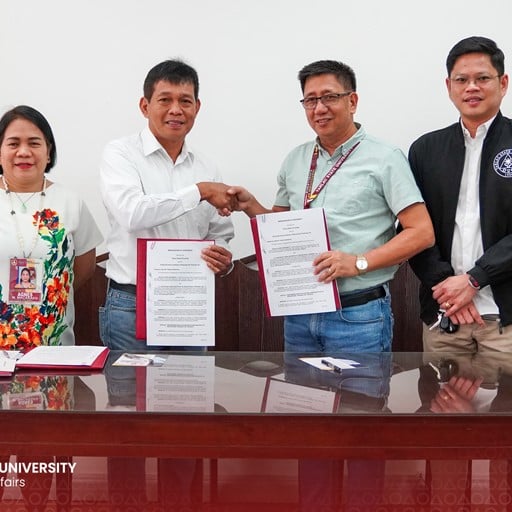
Mon, Dec 18, 2023
TSU students to benefit from alumni-sponsored solar charging station
The TSU Quality Management System is based on several mandates and framework as embedded in legislative acts, executive issuances and as enshrined in the vision and mission statements of the University.
Republic Act No. 8292
Republic Act No. 8292, known as the “Higher Education Modernization Act of 1997”, mandates State Colleges and Universities (SUCS) to authorize external management audit of the institution to institute reforms, including academic and structural changes, on the basis of the audit results and recommendations (Sec. 4p);
Republic Act No. 8292, known as the “Higher Education Modernization Act of 1997”, mandates State Colleges and Universities (SUCS) to establish policy guidelines and procedures for participative decision-making and transparency within the institution (Sec. 4v).
Republic Act No. 6764
RA 6764, known as “An Act Converting the Tarlac College of Technology into a State University to be known as the Tarlac State University (TSU), provides that “The University shall provide advanced instruction in literature, philosophy, the sciences, and the arts and shall also offer professional and technical training courses.”
Executive Order No. 605 s. 2006
EO 605 orders for “Institutionalizing the Structure, Mechanism and Standards to Implement the Government Quality Management Program, amending for the Purpose Administrative Order No. 161, s. 2006” and likewise enjoined SUCs to establish ISO Quality Management Systems (ISO-QMS) and be certified accordingly.
CHED Memorandum Order No. 46 s. 2012
CHED Memorandum Order No. 46 s 2012 known as “Policy-Standard to Enhance Quality Assurance (QA) in Philippine Higher Education through an Outcomes-Based and Typology-Based QA” orders that any internal QA system begins with the HEI’s identity and enters a quality circle of planning, implementation, review and enhancement. The plan-do-check-act cycle is applied to the HEI’s capacity to translate vision, mission, and goals (VMG) into desired learning outcomes, to establish the proper learning environment (implementation of teaching-learning systems as well as support processes and procedures), to review against performance indicators and standards defined in the assessment system and to enhance programs and systems (Article II, Section 8).